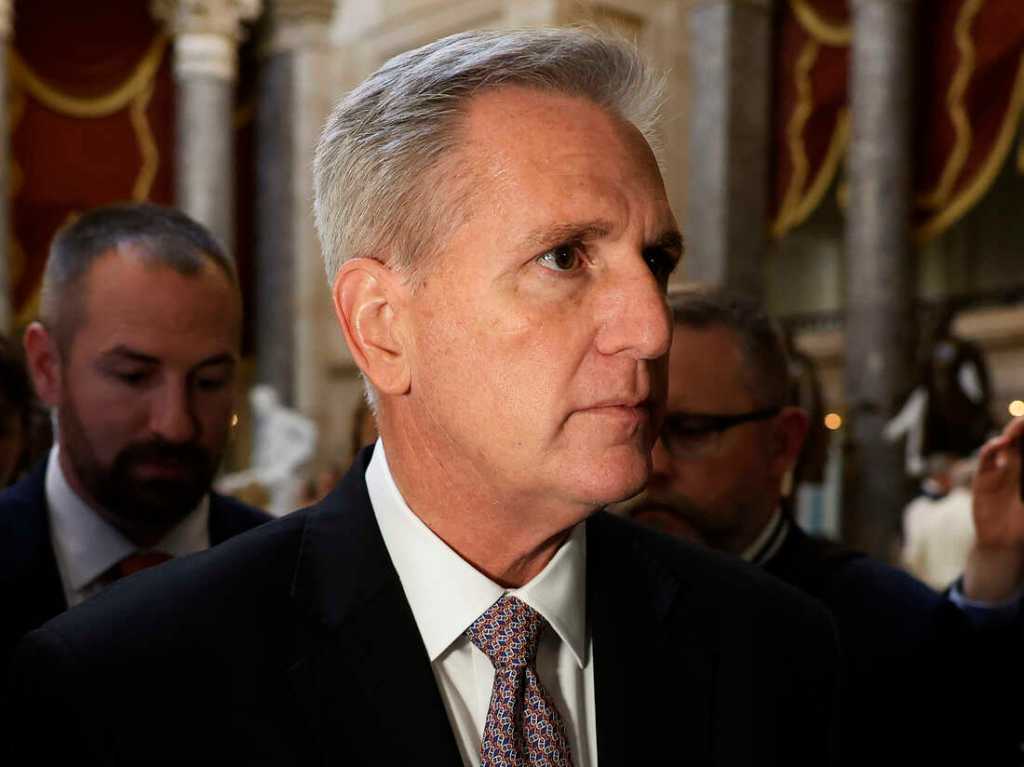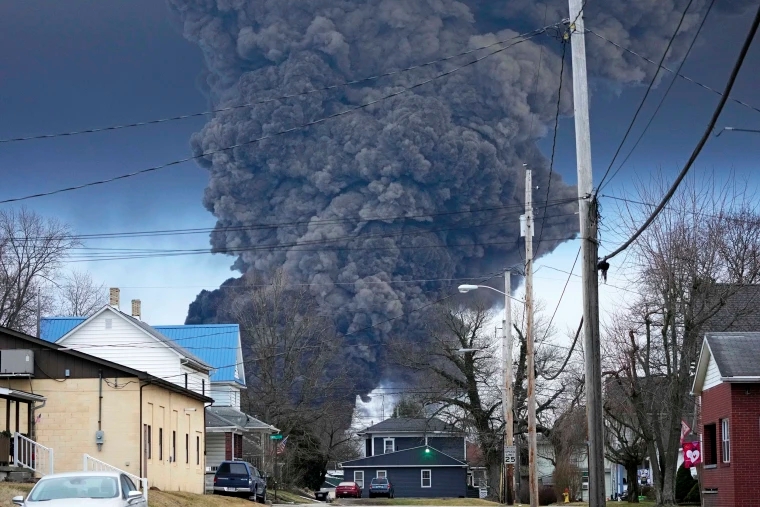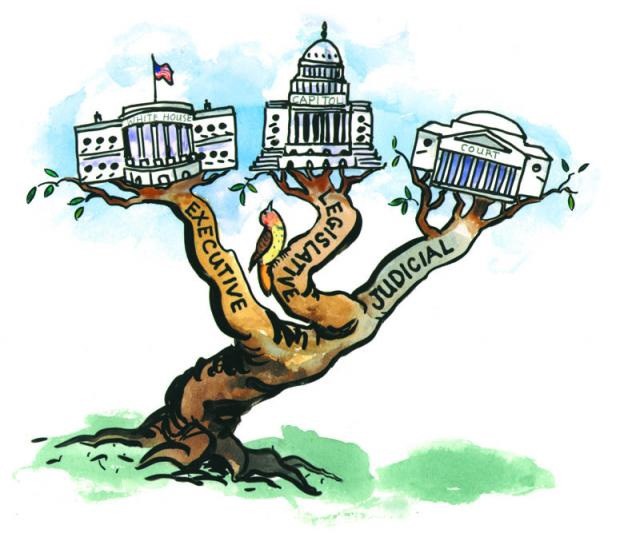February 9, 2020 | Elizabeth Qiao
Edited by: Laura Wadsten
All over the headlines, the topic of climate change flashes itself to nearly everyone around the world. Either through stories of apocalyptic end by 2050 or permafrost melting with an increase of two degrees Celsius, the issue primarily falls to the hands of the government, and the balance of judicial and executive powers have — yet again — challenged prior reforms with regards to environmental regulations.
The use of executive powers to push forward environmental policy exposes the increasing power of the president. Most recently, President Donald J. Trump has been devoted to repealing landmark regulations passed during the Obama administration. The Clean Water Act permits the U.S. Environmental Protection Agency (EPA) to administer two major actions: the discharge of pollutants from certain point sources and the discharge of dredged or fill material of specified areas.[1] More specifically, protections for small streams and wetlands against pollutants from coal miners, home developers, farmers, and gas drillers are being rolled back through a series of executive orders, or directives issued by the President that manages the operations of the federal government.[2] Article Two of the United States Constitution gives the president broad executive and enforcement authority to use their discretion to determine how to enforce the law or to otherwise manage the resources and staff of the executive branch.[3] Infuriated environmental groups and state attorneys argue that this environmental attack destroys water supplies for nearly 117 million Americans.[4] On the other side of the aisle, GOP statements contend that the origin of environmental regulations are a result of extreme power-grabs of the Obama-era. The politicization of climate change results in a major setback regarding the passage of environmental regulations simply due to the fact that a separation of powers causes branches to challenge each other by broadening their reach.
Environmental regulations have been challenged in court even prior to this occurrence. In early 2006, the Supreme Court received more than fifty briefs regarding the federal government’s ability to protect streams and wetlands under the Clean Water Act (CWA)—legislation meant to restore and maintain the chemical, physical, and biological integrity of the national water.[5] Their briefs reference two major cases: Rapanos v. United States[6] and Carabell v. Army Corps of Engineers[7]. The issues at bar question federal jurisdiction of waters by determining whether a wetland or tributary is technically United States’ water. The actions of President Obama were challenged by the judiciary to protect against any possible abuse of executive power. The plurality decision of 4 – 1 – 4 authored by Justice Scalia concludes that the term “waters of the United States” is limited to those waters that are “navigable in the traditional sense and their abutting wetlands.”[8] The EPA’s jurisdiction may extend only to “relatively permanent, standing or continuously flowing bodies of water” connected to traditional navigable waters, and to “wetlands with continuous surface connection to” those relatively permanent waters.[9] Memorably indecisive, the Court never established a majority position on whether or not the United States has authority to regulate streams and wetlands under the CWA, but effectively restricted the definition of federal waters.
Currently, the Trump administration is attempting to formulate new regulations with a narrower definition of the types of streams and wetlands subject to the CWA — a decision more in line with the conservative analysis of the Court in 2006.[10] Estimates suggest that more than half the wetlands protected under the original regulations would not be included under the developing approach. Unfortunately, the definitional constraints on the CWA are unlikely to be settled until the Supreme Court takes up the question once more, which may take years of legal advancements. However, considering the dramatic change in both the Supreme Court’s demographics and international interests in environmental protection, Justice Scalia’s approach to the natural issues may not be as well reiterated among the current bench. The challenges proposed by numerous state attorneys and interest groups prescribe a potential remedy for the disastrous symptoms of climate change.[11] The laborious process of altering case precedent and the looming power of the executive greatly reflect the idea that American government is not designed to simply allow tyranny of the majority. Though the Presidential seat has the power to create and repeal such executive orders, the court still holds the reins in determining whether or not they will be enforced — a structural check instrumental in American politics.
States have banded together in fighting the Trump Administration’s environmental neglect. New Jersey, California, New York, Maryland, New Mexico, Maine, Michigan, Massachusetts, Oregon, Vermont, Washington, Virginia, Connecticut, and Rhode Island have all commented on how the rollbacks threaten water quality and likely increase flooding across the nation.[12] This is extremely problematic since the Waters of the United States rule sought to protect tributaries, wetlands, and intermittent waterways that shield downstream waters, a particular concern among states where pollution from neighboring states can degrade water quality.[13] Thankfully, the issue is already in court after environmental interest groups like the Sierra Club took action against the Trump Administration.[14] The states most affected by the CWA and other EPA regulations are joining in on the fight to create more pushback for the sake of the health and safety of their citizens.
The future of environmental policy also depends on bipartisan support for scientific reasoning rather than an administrative delusion of the environment as a system independent of human interference. The Green New Deal is such a proposal that hopes to reverse the current trend of environmental setbacks.[15] It calls on the federal government to wean the United States from fossil fuels and to curb planet-warming greenhouse gas emissions across the economy. It also aims to guarantee new high-paying jobs in clean energy industries. Democrats have not backed down in the fight for environmental change, and court proceedings play a vital role in steering the implications of federal executive power.
Elizabeth is a freshman majoring in Political Science and Economics and minoring in Applied Math and Statistics.
[1] Scalia, Antonin. (Government Publishing Office). Full Text of “STATUS OF THE NATION’S WATERS, INCLUDING WETLANDS, UNDER THE JURISDICTION OF THE FEDERAL WATER POLLUTION CONTROL ACT”, https://archive.org/stream/gov.gpo.fdsys.CHRG- 110hhrg36734/CHRG-110hhrg36734_djvu.txt
[2] Ibid. location 866
[3]U.S. Const. art. 2, § 3
[4]Snider, Annie. “Trump Administration Rolls Back Landmark Water Protections.” (POLITICO, 12 Sept. 2019). www.politico.com/story/2019/09/12/trump-repeal-epa-water-rule-1492183
[5]Scalia, Antonin. (Government Publishing Office).
[6]Rapanos v. United States, 547 U.S. 715 (2006)
[7]Carabell v. Army Corps of Engineers 257 U.S. 917 (2006)
[8]Scalia, Antonin. (Government Publishing Office). Location 9
[9]Ibid. location 135
[10]Snider, Annie. (POLITICO).
[11]Ibid.
[12]Johnson, Tom. “NJ Joins Other States to Block Trump Attack on Clean Water Act.” (NJ Spotlight, April 18, 2019). www.njspotlight.com/2019/04/19-04-17-nj-joins-other-states-to -block-trump-attack-on-clean-water-act/.
[13]Ibid.
[14]Ibid.
[15]Ibid.
Photo Credit: Adobe Stock





Leave a comment